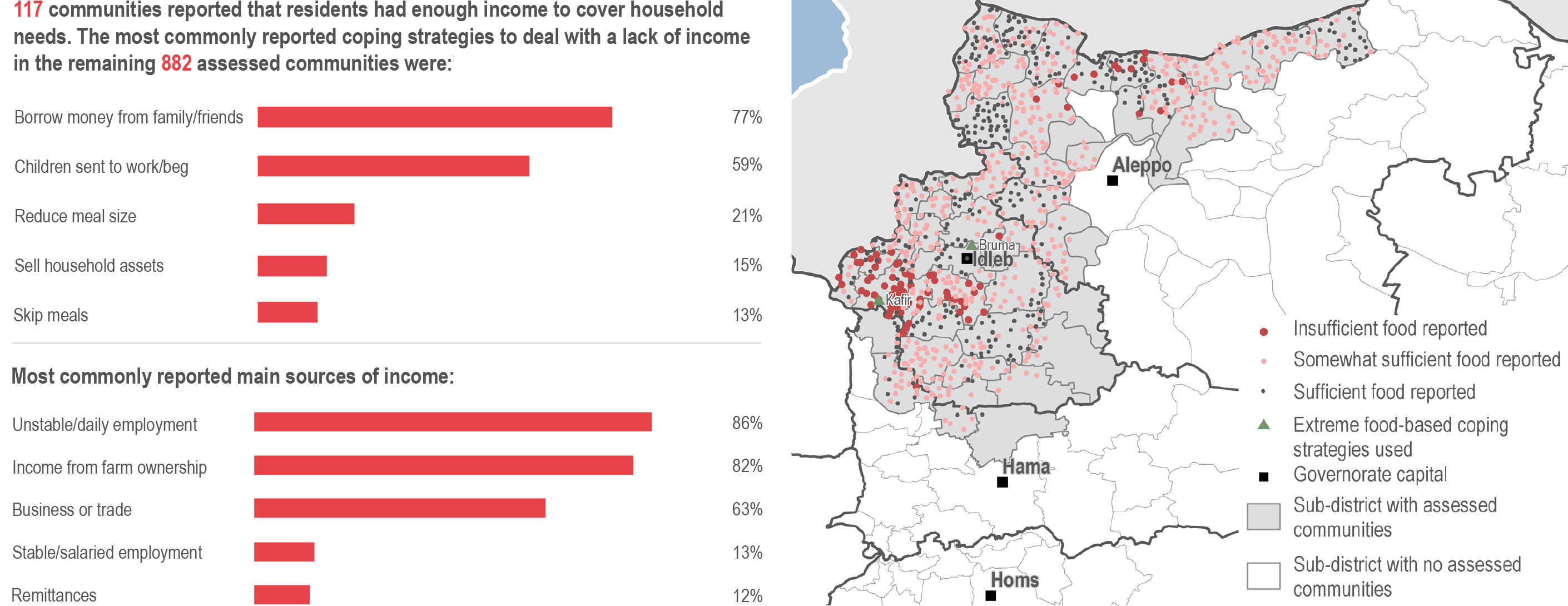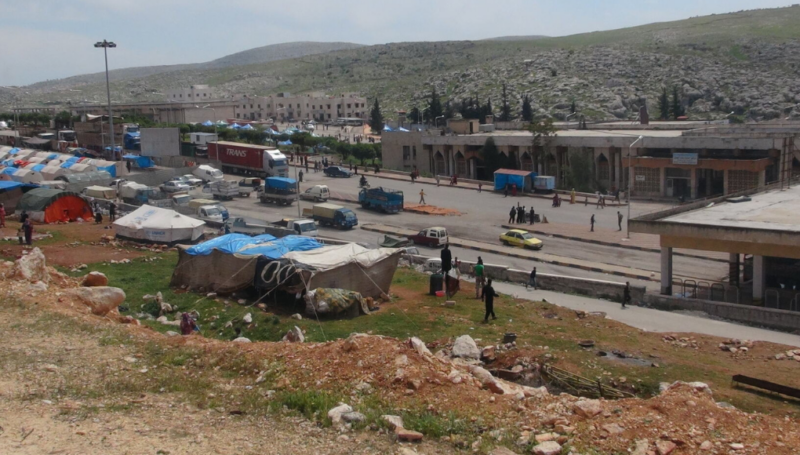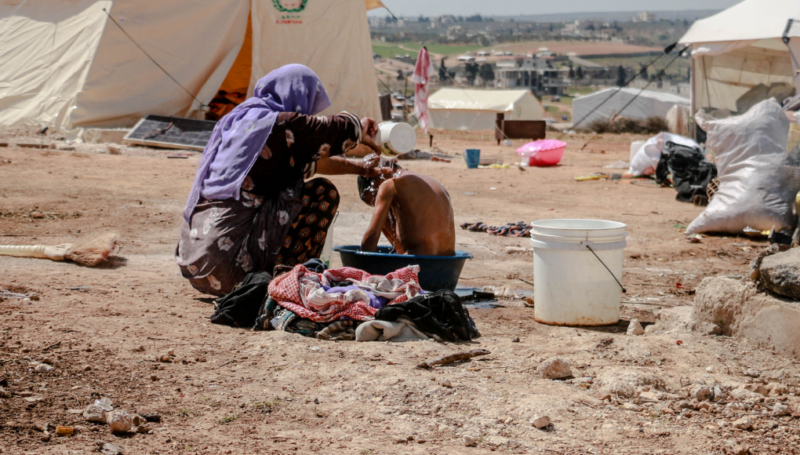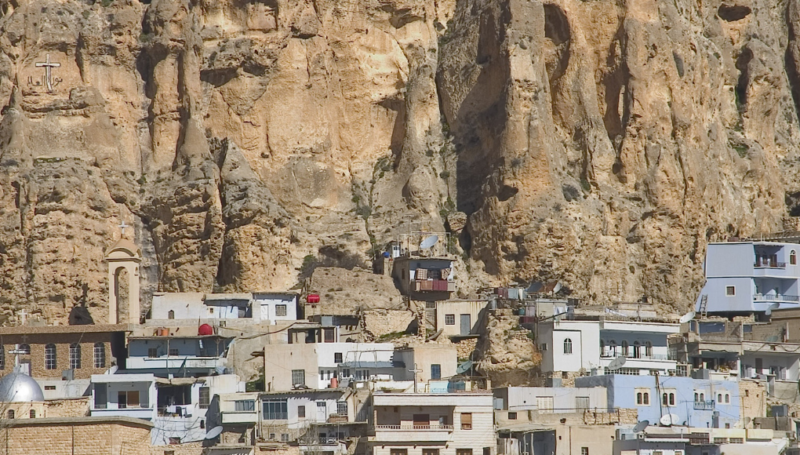Vulnerabilities mount and an already strained humanitarian response is forced to stretch to new limits as fires turn crops to ashes in northwest Syria. The fires come right at harvest season and are expected to worsen food security in the months to come.
“It was looking to be a good year for farmers across parts of Syria and Iraq. The wettest in generations, it brought rich, golden fields of wheat and barley, giving farmers in this war-torn region reason to rejoice,” the Associated Press reported on the last week of May. Good news was short-lived, the article noted. The past weeks have seen crop fires across northwest Syria, including some of the most vulnerable regions such as Idleb and Hama governorates.
According to a satellite assessment carried out by REACH, by May 26th more than 18,000 acres of cropland have been burnt in the sub-districts of Kafr Zeita, Khan Shaykoun, Madiq Castle, Karnaz, Muhradah and Suran West. The hardest hit sub-districts were noted to be Kafr Zeita, Karnaz and Muhradah where 12 percent, 13 percent, and 8 percent of the total sub-district was assessed as burnt. These are all sub-districts located at the frontlines of the last major opposition-held territory in Syria.
“Large parts of the population in Idleb and other affected areas already rely on food aid,” REACH Country Coordinator for Syria, Nanki Chawla, explains. “With the harvest season approaching, this will have a huge impact on this year’s crop yield in northwest Syria. A significant loss of crops is expected to translate to further food insecurity, not only in the short term but also in the months to come.”

Crop fires have turned golden and green fields to black. Karnaz, Muhradah and Khan Shaykun sub-districts are among areas affected by crop fires, REACH finds. The fires come at a critical time at harvest season and are expected to have implications on food security for the region. Imagery courtesy of DigitalGlobe.
The fear of mounting food insecurity is backed by a recently published rapid needs assessment from southern Idleb and northern Hama. The assessment carried out during the last week of April examined humanitarian conditions and needs in 122 communities, yet found a third of these communities to be empty or abandoned, highlighting the severity of the situation in the area. Out of the assessed communities, one-fifth reported food as a priority need.
“Food prices in northwest Syria are already at the highest they have been in 12 months, with wheat prices immediately spiking following the recent events. In an area that is highly dependent on crop production for livelihoods, the humanitarian implications are likely to be immense, with even more of the population becoming reliant on food aid in the months to come. Even more damaging, however, is the psychological impact that this will have on vulnerable farmers. With a good rainy season behind them, many were hopeful they would see a better harvest this year,” Chawla concludes.
.

Findings from a recent humanitarian situation overview on food security and livelihood conditions in northeast and northwest Syria noted that child labour and borrowing money are the most common coping mechanisms to get by without a steady income.
The recent escalation of violence in the northwest of the country has brought Syria to the centre of international attention. In the most recent Security Council briefing on Syria, OCHA’s Secretary General Ursula Mueller noted that 270,000 people were displaced in Idleb in May and approximately three million people are caught up in crossfire. Even though some 170,000 meals were handed out in response to the large-scale displacement, Müller underlined that the response is stretched and humanitarian operations in several areas have been forced to suspend their activities due to hostilities. Displacement camps in, for example, the sub-district of Dana in the north of Idleb have been reported to be reaching the limits of their capacity. The ongoing violence coupled with the destruction of crops is expected to have far-reaching consequences on an already grave humanitarian situation.
.

Fire analysis mapping fire incidents on the frontline from 2001-2019 shows that June has by far seen more cases of fire than previous months and years. The assessment was done with the aid of MODIS Daily Fire Count by UNOSAT-UNITAR. The map on the right depicts active fire over the course of seven days from 23rd to 30th of May.
.
Opening picture courtesy of DigitalGlobe.
.
For more information, have a look at
- Press release on the situation in southern Idleb and northern Hama following April-May escalation
- Southern Idleb and Northern Hama rapid needs assessment
- Humanitarian situation monitoring in northeast and northwest Syria by humanitarian sectors: education, food security and livelihoods, health, shelter and non-food items, water, sanitation and hygiene.
- Market monitoring situation overviews from northeast and northwest Syria for April
- Market monitoring situation overviews from northeast and northwest Syria for May









